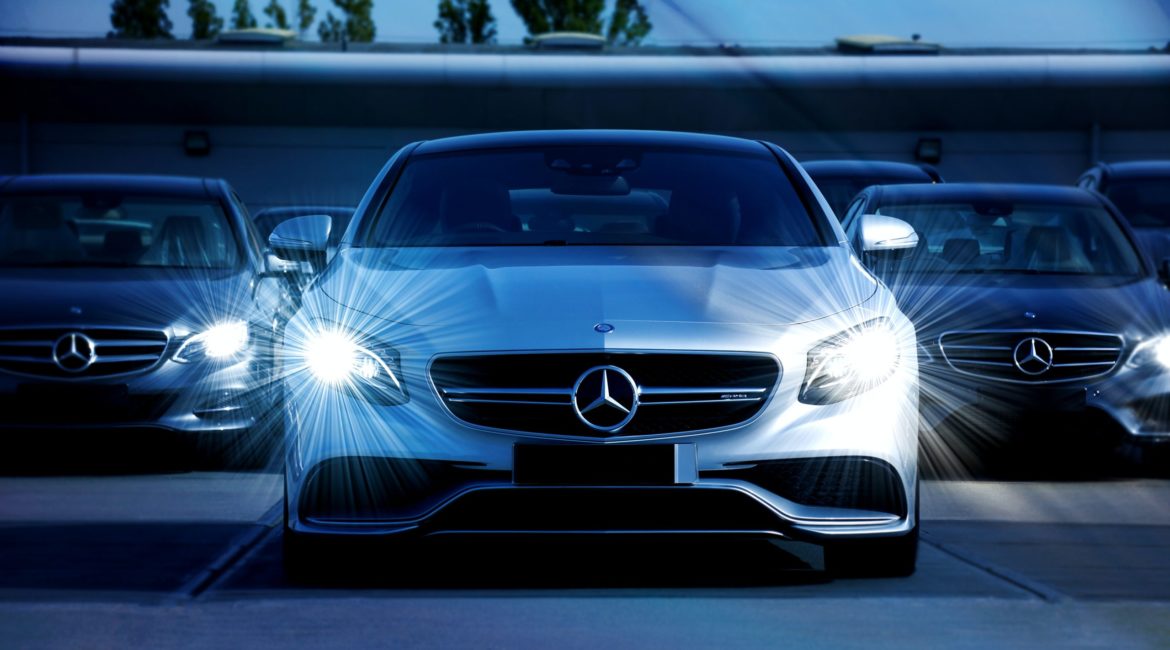Mercedes-Benz vehicles consistently set the standard for safety, occupant protection, and engineering design.
Advancements in our technology incorporate many different electronic control units, sensors, and cameras that assist various functions within the vehicle.
These components are an integral part of the vehicle’s operational, safety, and convenience features.
As of model year 1996 (OBDII), vehicles involved in a collision repair should have these systems evaluated using an up-to-date Xentry Kit diagnostics computer:
– Pre-repair scanning and diagnosis of the vehicle is highly recommended. The pre-repair scan will reveal any potential issues early in the estimating and repair process to allow for a more complete estimate of repairs.
– Post-repair scanning and diagnosis of the vehicle is necessary to ensure that the vehicle’s safety and driver-assist systems are operable and fully functioning.
Many of the safety and driver-assist systems that may have been activated during a collision require vehicle calibration, normalization, or coding.
The post-repair scan will also help to ensure that a comprehensive repair has been performed.
Some examples of when a full Xentry diagnostic scan is required include, but are not limited to:
- Vehicle collisions, regardless of the appearance of damage
- Windshield replacement for vehicles with driver-assist sensors (including rain/light sensors) located in the windshield
- Removal and/or replacement of exterior components, bumpers, SRS sensors, parking sensors, driver-assist system sensors and cameras, wiring harnesses, vehicle control units, seats, or interior trim panels
If a collision repair is necessary, MBUSA strongly recommends that all repairs are performed by a certified technician using only Genuine Mercedes-Benz Parts, mechanical components, and electrical components, as well as all safety devices such as airbags and seat belts.
What Does This Mean to You?
As a Mercedes owner, make sure that you always use a MBUSA certified technician for any diagnostically-related repairs.
During a collision, some of the vehicle’s sensors in your car could sustain damage internally or in a manner in which failure is not evident to the driver of the vehicle. These vehicle sensors and control units must be evaluated after a collision to ensure that a complete repair is performed, regardless of whether the vehicle notifies the driver of damage or failure via the instrument cluster.
Syndicated content from https://capturethekeys.com/.





